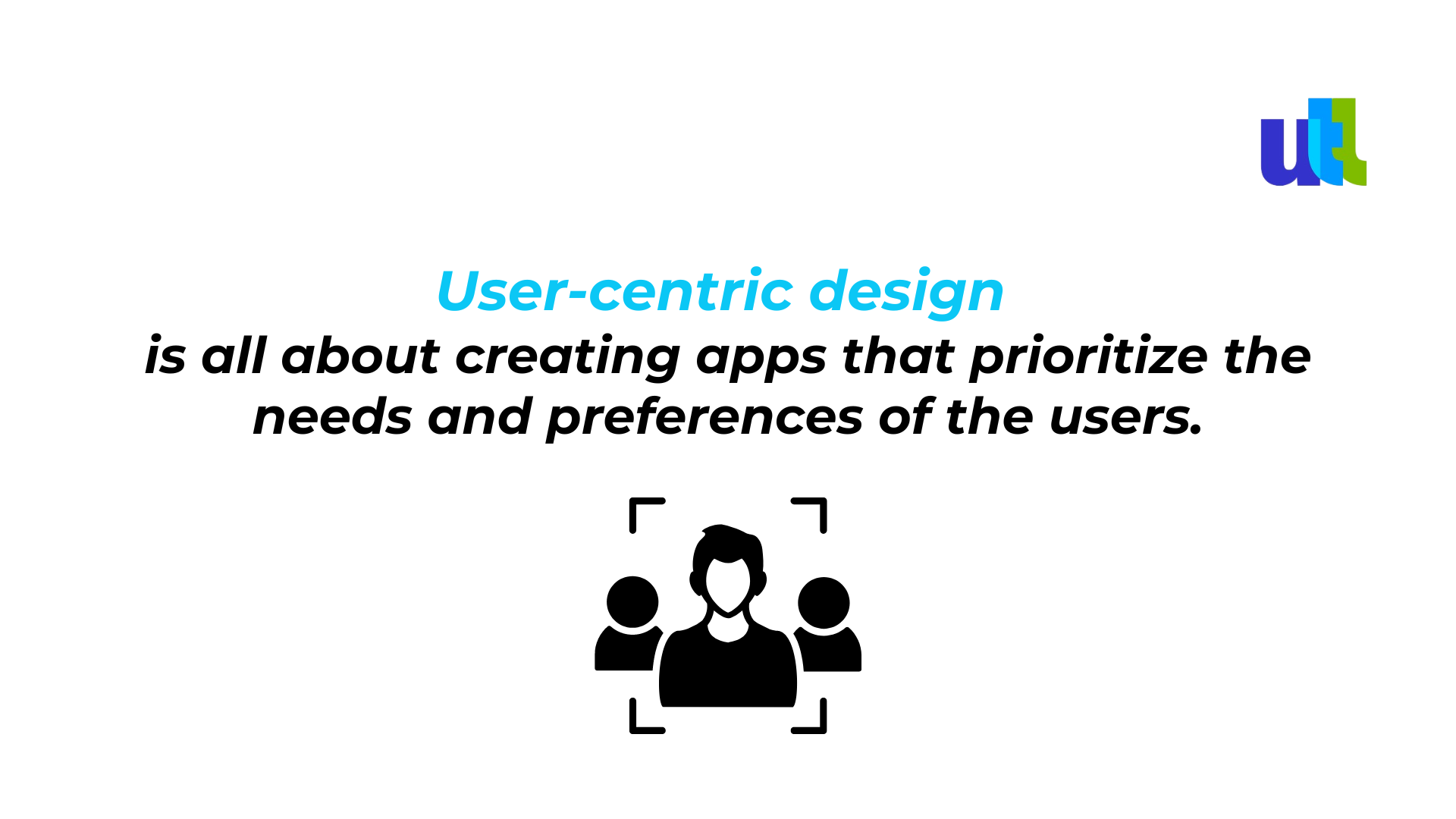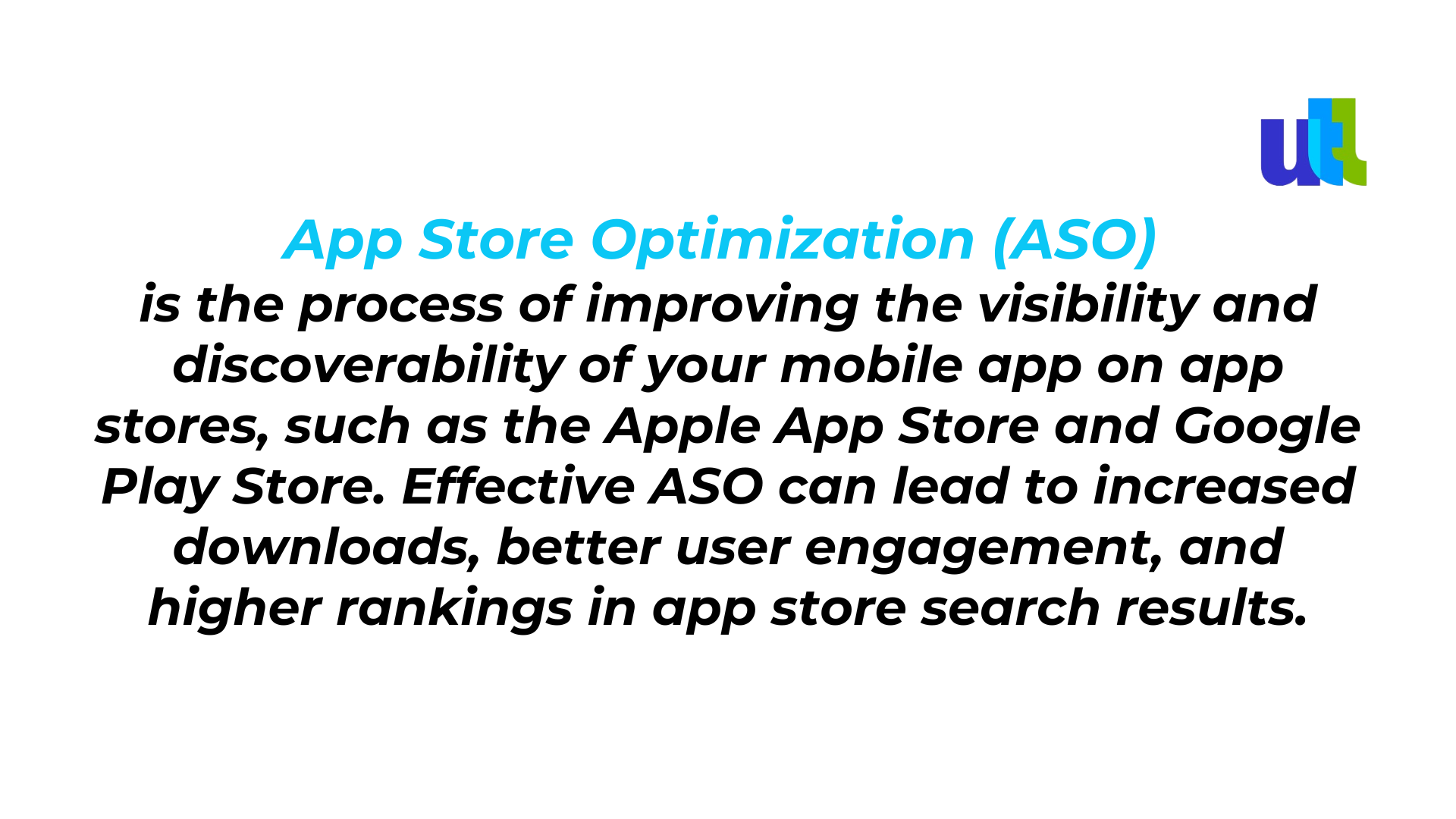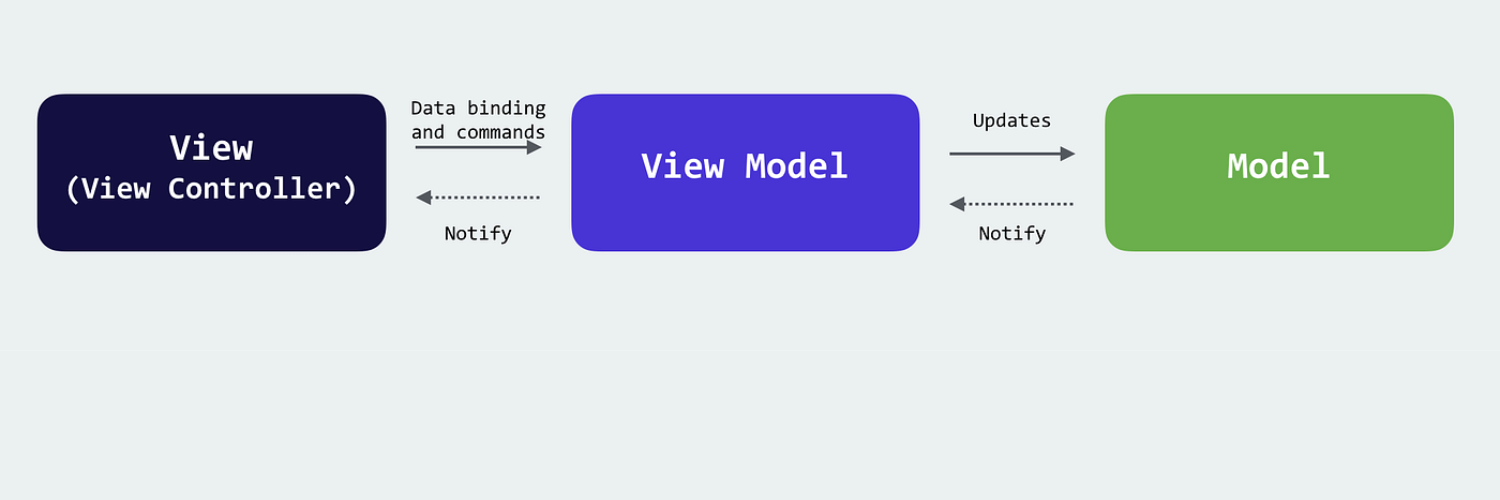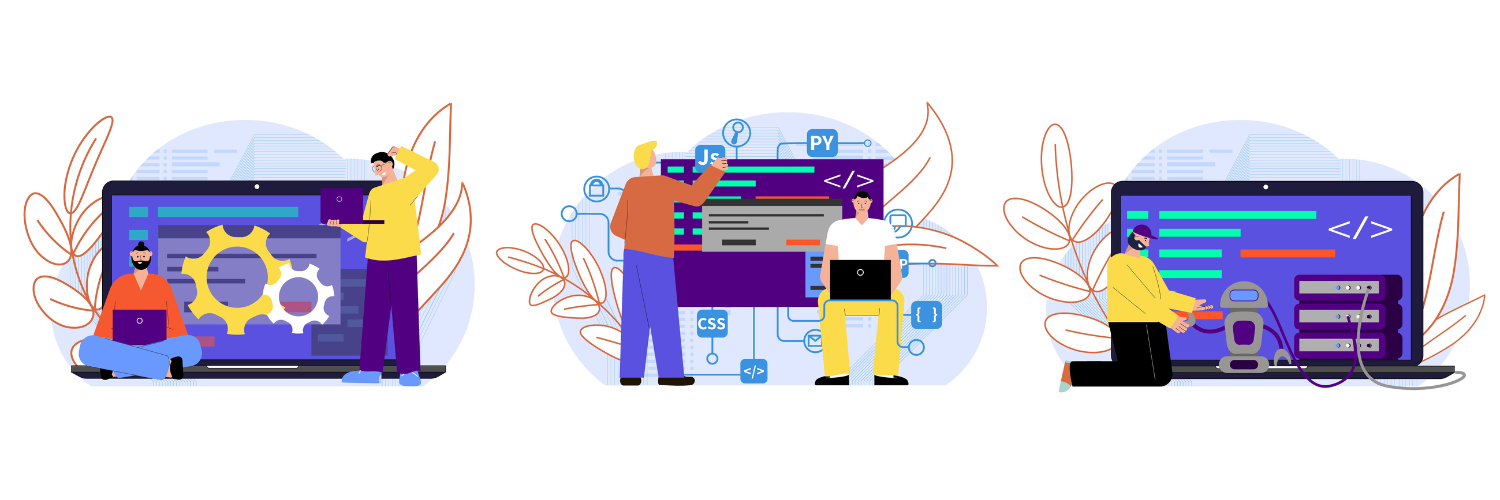The world of app development is in a constant state of evolution, driven by technological advancements, changing user expectations, and market dynamics. In this article, we will explore some unique app development winning practices to help you achieve excellence in your app development journey.
In today's digital age, mobile applications have become indispensable tools for individuals and businesses alike. With millions of apps available on various platforms, creating a successful app has become a challenging yet rewarding endeavor. To stand out in the crowded app market, developers must adopt winning practices that ensure their creations not only meet users' needs but also thrive.
From tailored content recommendations to personalized user interfaces, apps will strive to make each user feel unique.
Let’s go deeper into how it works in practice.
User-centric design
One of the most crucial aspects of app development is user-centric design. Instead of starting with the technical aspects, developers should begin by understanding the target audience's needs, preferences, and pain points. Conduct user research and create user personas to gain insights into your potential users. This approach ensures that your app is built to solve real-world problems effectively.

Here are some examples:
- Intuitive navigation
An app with user-centric design will have a clear and intuitive navigation system.
- Personalized recommendations
Tailoring the content to each user's preferences.
- Accessible features
This can include features like screen readers, adjustable text sizes, and voice commands for navigation.
- Minimalistic interfaces
Many successful apps adopt a minimalist design approach. They focus on a clean and uncluttered interface that helps users concentrate on the content or functionality they seek.
- In-app tutorials
Apps like Adobe Photoshop Express offer in-app tutorials and tips for users, guiding them through complex features. This user-centric approach helps users learn and make the most of the app's capabilities.
- Feedback mechanisms
User-centric apps actively seek feedback from users. They often have built-in feedback forms or prompts to rate the app and leave comments, enabling continuous improvement based on user opinions.
- Customizable settings
Apps like social media platforms or email clients allow users to customize their settings, such as notification preferences, privacy controls, and theme choices. This empowers users to tailor the app to their liking.
- One-handed use
Mobile apps often optimize for one-handed use by placing frequently used buttons and controls within easy reach of a user's thumb. This user-centric approach acknowledges the practicality of single-handed smartphone use.
- Multi-language support
Global apps must prioritize user-centric design by offering multi-language support.
- User-centered onboarding
This includes guided tours, clear instructions, and assistance in setting up profiles.
- Quick actions
Social media apps employ user-centric design by providing shortcuts for common actions, such as liking, sharing, or commenting on a post, reducing the steps required for user engagement.
Cross-platform development
While native app development offers a seamless experience on specific platforms, cross-platform development is gaining ground due to its cost-effectiveness and broader reach. Tools like React Native, Flutter, and Xamarin enable developers to write code once and deploy it across multiple platforms, reducing development time and costs.
Robust testing
Robust testing practices, including unit testing, integration testing, and user acceptance testing, are essential to identify and rectify bugs and issues before they reach users. Automated testing tools can streamline this process and enhance the overall quality of the app.
Automated testing involves using testing frameworks and tools to automate test cases. These tests are valuable for repetitive and routine testing tasks, allowing for quick and consistent evaluation of the app. Popular automation testing tools include Selenium, Appium (for mobile app testing), and JUnit.
Comprehensive documentation of test cases, test plans, and test results is not less important for maintaining testing standards high and ensuring consistency in all the processes.
Agile development approach
Agile development methodologies have gained immense popularity in recent years. Embracing an agile approach means breaking down the development process into smaller, manageable increments known as sprints. This iterative process allows for continuous feedback, adjustments, and improvements, ensuring that the final product aligns with user expectations.
- Cross-functional teams
Agile teams are typically cross-functional, consisting of developers, designers, testers, and sometimes product owners or stakeholders. This diversity ensures that all aspects of the project are considered throughout development.
- Customer-centric approach
Agile places a strong emphasis on customer feedback. Users and stakeholders are involved throughout the development process, providing input and priorities for each iteration. This helps ensure that the app aligns with user needs and expectations.
- Adaptive planning
Agile projects are adaptive and respond to changing requirements. Unlike traditional, rigid project plans, agile development allows for adjustments and refinements based on new information or changing circumstances.
- Continuous testing
Quality assurance is integrated into each iteration. Testing occurs throughout development, helping to identify and address issues early, rather than waiting until the end of the project.
- Regular demonstrations
Agile teams conduct regular demonstrations or showcases of their work to stakeholders. This provides transparency and allows stakeholders to see progress and provide feedback, leading to better alignment with project goals.
- Prioritization and backlog
Agile development maintains a prioritized backlog of features, enhancements, and bug fixes. The team works from this backlog, selecting items for each iteration based on their priority and feasibility.
- Frequent releases
Agile teams aim to deliver working software frequently, often at the end of each iteration. This allows users to start benefiting from the product sooner and provides opportunities for rapid feedback and adjustments.
Furthermore, agile teams are encouraged to be self-organizing, with members collectively deciding how to achieve project goals. This autonomy fosters a sense of ownership and responsibility during the development process.
Performance optimization
In today's fast-paced world, users have little patience for slow or poorly performing apps. Optimizing your app's performance is paramount, especially for such factors as load times, responsiveness, and efficient use of system resources.

It is important to remember that performance optimization is an ongoing process, and it should be integrated into your app development lifecycle.
Security first
With the increasing frequency of data breaches and cyberattacks, app security is a top priority. Implement robust security measures, including encryption, authentication, and authorization, to protect user data. Stay informed about the latest security threats and keep your app updated to address vulnerabilities promptly. Consider the following practices:
- Threat modeling
Begin by identifying potential threats and vulnerabilities that your app may face. Conduct a threat modeling exercise to assess and prioritize security risks.
- Secure design principles
Follow secure coding practices and design patterns to mitigate common vulnerabilities.
- Authentication and authorization
Implement strong authentication mechanisms, such as multi-factor authentication (MFA), to verify the identity of users.
Enforce fine-grained authorization controls to restrict access to sensitive resources based on user roles and permissions.
- Data encryption
Encrypt sensitive data at rest and in transit using industry-standard encryption algorithms and protocols (e.g., TLS for network communication).
Use proper key management practices to safeguard encryption keys.
- Secure APIs
Secure your app's APIs with proper authentication and authorization mechanisms.
Implement rate limiting and input validation to protect against API abuse and injection attacks.
- Input validation and sanitization
Validate and sanitize user inputs to prevent common security vulnerabilities like SQL injection, cross-site scripting (XSS), and command injection.
- Session management
Implement secure session management techniques, such as session timeouts, secure cookies, and secure token storage, to protect user sessions.
- File upload security
If your app allows file uploads, validate and sanitize file types and content to prevent malicious uploads that could compromise your system.
App store optimization (ASO)
To ensure your app reaches its target audience, invest in App Store Optimization (ASO). This involves optimizing your app's listing with relevant keywords, appealing visuals, and enticing descriptions. A well-optimized app store presence can boost visibility and attract more downloads.

Some of the key strategies include keyword and app title research, app icon, keyword placement, app ratings and reviews, localization, and promotional assets.
Wrapping up
Creating a successful mobile app is primarily combining technical expertise and a user-centric approach. By implementing these winning practices, you can increase your chances of developing an app that not only meets user needs but also stands out in the competitive app market.
Remember, the journey of app development is an ongoing process, so stay committed to excellence, adapt to evolving technologies, and never stop innovating. Your attention to details and dedication will be rewarded with a thriving and successful app.
For free consultation on app development, click here.
----------------------------------------------------------------------------------------------
View the full presentation:
WRITTEN BY
Sofia Kutko
2023-09-08














































































































































































